by Radu Vădan
I discover interesting things in my interactions with clients over the years. Many entrenched beliefs in the collective mind about furniture and wood have been formed and passed down in our oral culture over the last 80-100 years, replacing the few solid, experience-based knowledge that the industrious peasant had when he built his own small wooden objects around the house. For example, I often encounter a profound disregard for fir wood, which has acquired the reputation of being soft or too poor quality to be used for furniture (if selected, it is an excellent wood for furniture).
Many customers also refuse cherry woodbecause it would be red. Cherry wood is yellowish orange when cut, and after exposure to daylight for several months it takes on a light brownish tone and stays that way. The sadly remembered red colour is due to the berry liquor generously applied in the CPLs of the 1960s and 1980s. The examples could go on, but the one I'll focus on here relates to the use of furnishings in furniture production.
The application of veneer on the surface is often done for technical and/or technological reasons
I'll start with an example. I recently had a discussion with a client about a desk top. The worktop was to be made of ash wood massive. But for constructive reasons I chose to propose a narrow plank top, on which I applied an aesthetic veneer of 1.5 mm on both sides. Here are my arguments:
- The slatted, fibre-balanced construction significantly reduces the chance of seasonal swelling and shrinkage causing the top to curl.
- The veneers being of very good quality and large width (two sheets of about 40 mm width) draw on the surface two blades, without knot or colour variations.
- The chosen veneer is thick enough to be refinished at least three times. Assuming we remove about 0.3 mm per sanding, I would estimate a life of at least 45 years if the countertop required a full sanding once every 15 years.
The customer's argument was that they would prefer solid wood, not veneer - that veneer was somehow a scam or hiding something. I'm not disclosing the decision, I'll let you decide for yourself.
But I return to the idea that the veneer is somehow hiding shoddy workmanship or that it reflects the parsimony of the manufacturer. First of all, it must be accepted that yes, in certain situations, veneering a surface can be an economically advantageous solution to building that surface in solid wood, especially if a similar quality is desired. But often the reasons are technical and/or technological. And here, as always in the furniture industry, what we might call fashion or trend dictates.
Large-area, uniformly patterned wood without knots and colour variations is in fashion
Nowadays it is fashionable for wood to be presented in large, uniform surfaces, without significant colour variations and without knots (or with a minimum of knots here and there). If we were to frame these aesthetic requirements in lumber quality grades, they would be quite demanding even for a premium/ A+ lumber. Think for a moment about an oak floor - one you would choose for a hypothetical new home, if your budget were generous enough. What's on your mind? Most likely not the classic 1960s 80×250 mm plank flooring, laid piece by piece in a herringbone pattern, but wide planks, 200-300 mm, over a metre long, with no alburn (white spots) and without knots.
What I can tell you with certainty is that that flooring can be made in one way - by applying a thick veneer, sometimes called blind, to a substrate (which can be very varied) and then cut into individual floorboards and fitted. The technical reasons for this are complex and will find their place in a future article, but certainly large-plank flooring cannot be made any other way than by layering, the top layer being an aesthetic veneer. Of course parquet manufacturers will avoid using the name "veneer" in the context of wear layer, although technically it is correct, for the reason I touched on above - veneer has a bad reputation. The same trend can be seen in the production of doors (where the classic frame and floating panel construction is increasingly losing ground, especially in interior doors, to flat doors), wall cladding and, not least, furniture making.
Only by using upholstery can we align furniture with current fashion
It is quite obvious that, as far as furniture is concerned, both the carcass elements, but especially the fronts produced in the classical style with a four-frieze frame and a milled panel in the middle, have become somewhat anachronistic or increasingly associated with the rustic style. When customers ask for wooden fronts, they often imagine a wooden panel consisting of several slats joined together to form a flat, striped surface.
Making such solid wood fronts poses serious problems. Of these I would mention just three:
- High loss of material if we want good or very good quality.
- Uneven appearance on a larger number of fronts. This is the case for kitchen furniture. Even if you source lumber from the same log, it will not be in the same cut (tangential, radial or somewhere in between).
- The fronts will change size and lose their flatness over time. This is the biggest problem from a technical point of view. It happens because wood has seasonal shrinkage and swelling.
The obvious solution to this dilemma is the use of veneers. There are a multitude of prefabricated tiles, each with its own advantages, to which veneer can be applied or which can be bought ready veneered. The most common variant is the PAL or MDF veneered, which is cut and veneered similar to a melamine chipboard, but requires the additional finishing step of sanding and applying a film coating (usually lacquer). These will have uniform grain, no knots and all the other drawbacks of solid wood panel, especially warping issues.
Veneering - the technique of choice for furniture artists
If we look a little further than factory veneered tiles, we discover a whole territory of premium furniture where veneers rule the roost. Have you ever seen Pierre Renart's pieces that look like knotted ribbons? Or Aaron Poritz's tambour cabinets, which often combine wood with veneer and stone or metal? None of these marvels could be made exclusively from solid wood.
Veneer brings the texture and colour of wood together with the ability to be cut, jointed and bent without the major drawbacks of solid wood. The common table top for example, starting with a MDF board, edged with solid wood and then veneered, can be reinvented almost infinitely, just by changing the placement of the veneers - from a simple, parallel layout, to a mirrored (bookmatch), radially symmetrical (sunburst), parquetry patterns, inlay and so on.
So, well chosen, glued and finished, veneers are much more than solid wood's half-sister, often representing the technically superior alternative. And in the right hands they can open up a wealth of creative possibilities that solid wood cannot.
Radu Vădan is a graduate of the Faculty of Computer Science in Cluj-Napoca who converted to carpentry 7 years ago. He has a workshop in Cluj, where he works only with wood and panels under the brand Imagine.Design.Make. He taught himself woodworking from books he bought in England and the USA or by watching video tutorials on Youtube. He has gained so much knowledge that he now shares what he knows with others. He is a certified trainer and regularly runs free courses in his workshop. On specialist groups many rely on his advice. He always responds knowledgeably and urges others to do the same.
Last year, he decided to take the next step and applied for funding through StartUp Nation. The project was approved and he made several purchases for his shop: a large CNC, a calibrating machine, a veneer press and a circular. With the new machines he plans to move from one-off products to small batch combined production and custom work. All images accompanying the article are Radu's creations.



















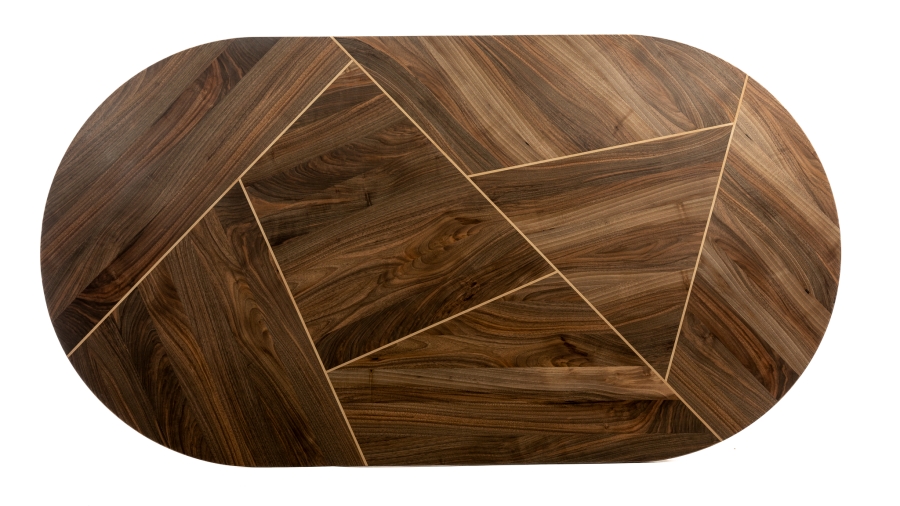
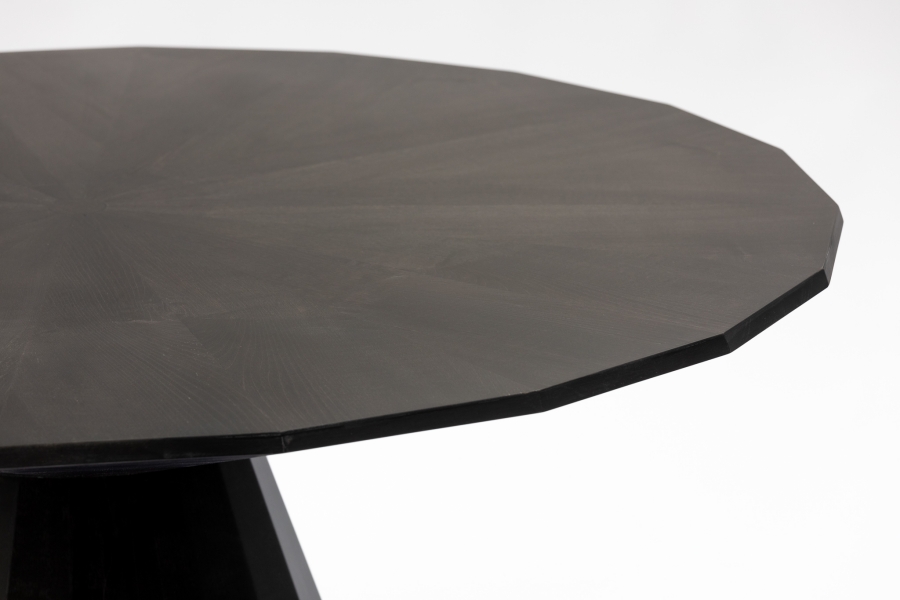
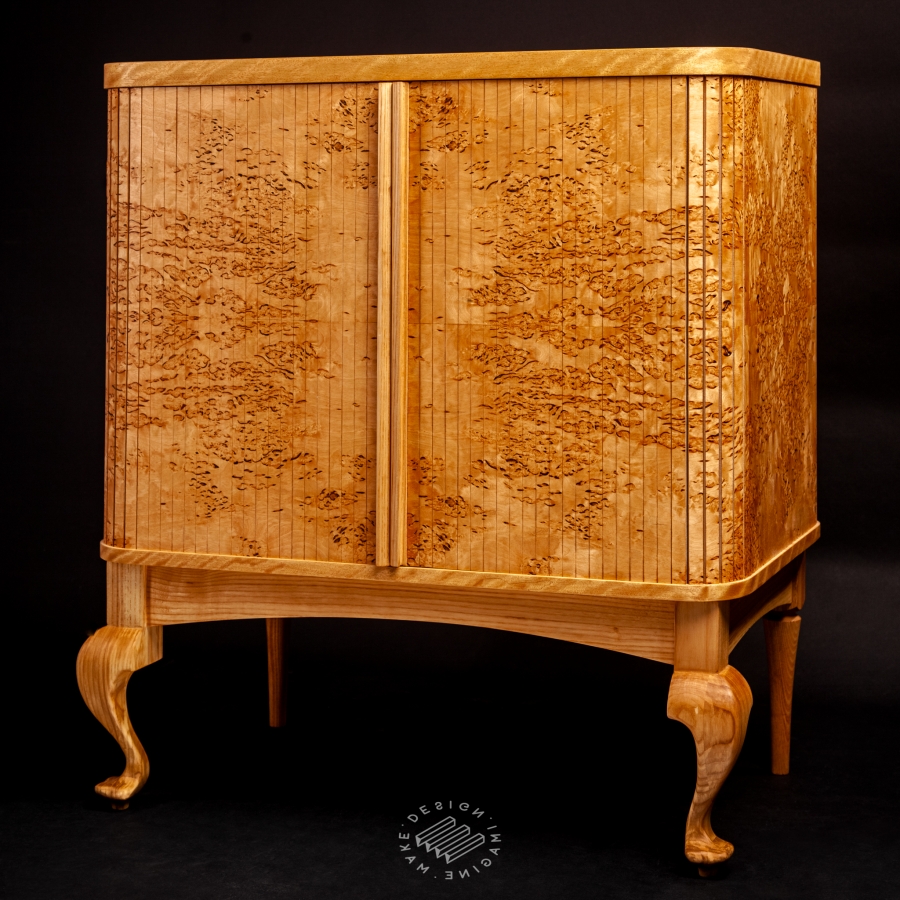
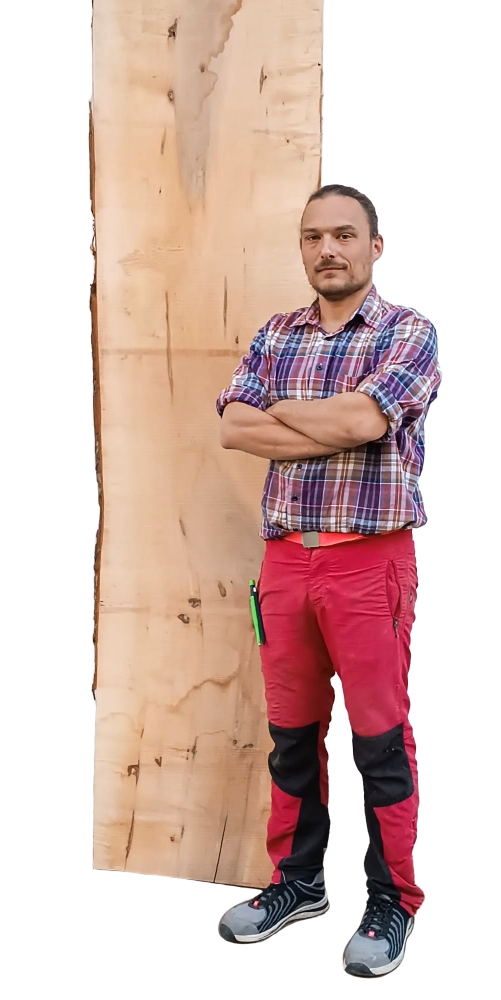
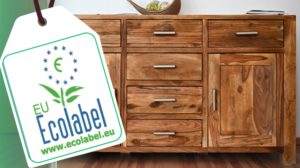





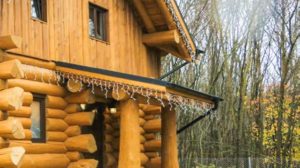
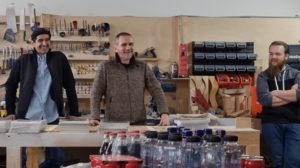
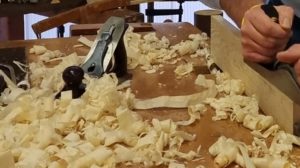

Add comment